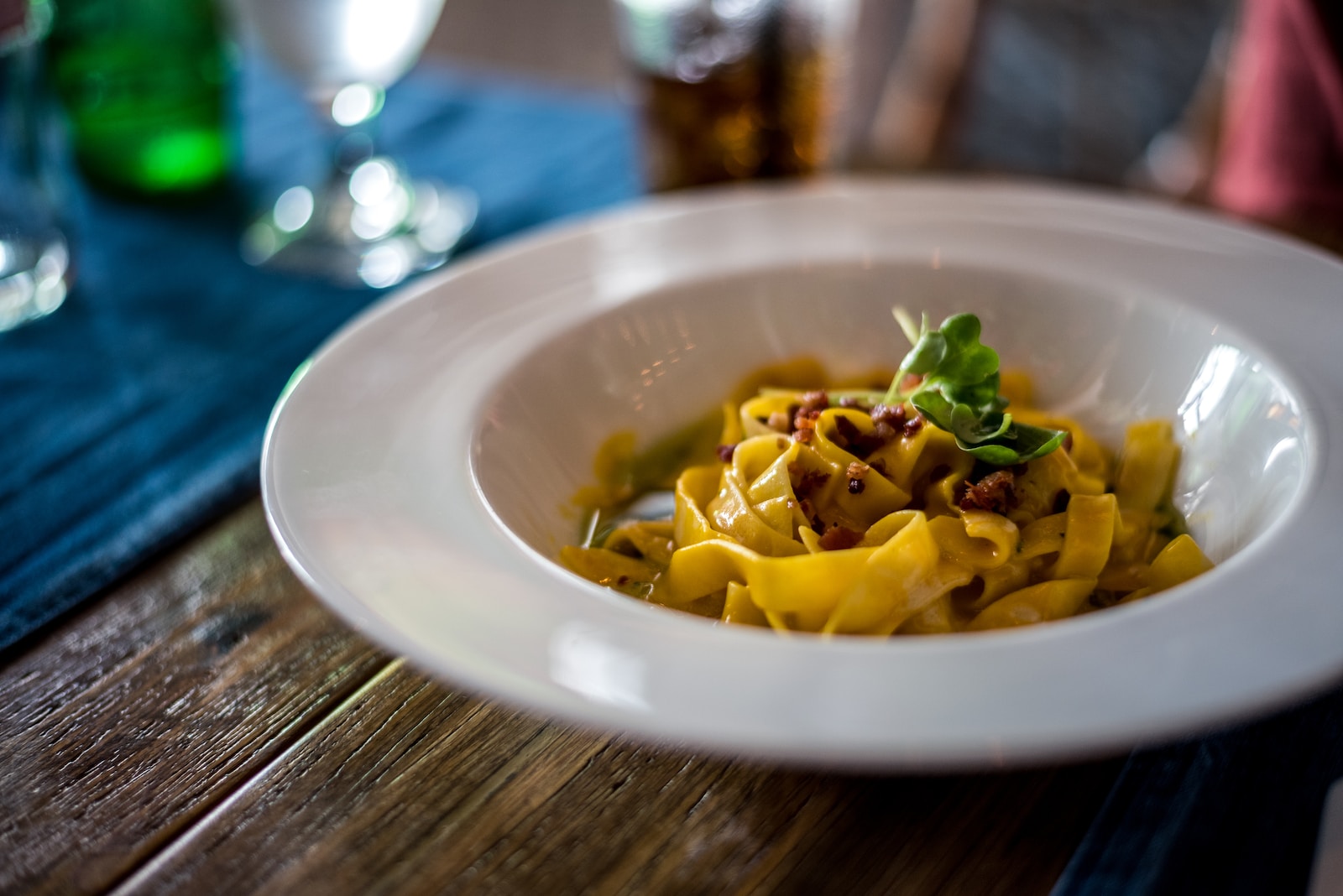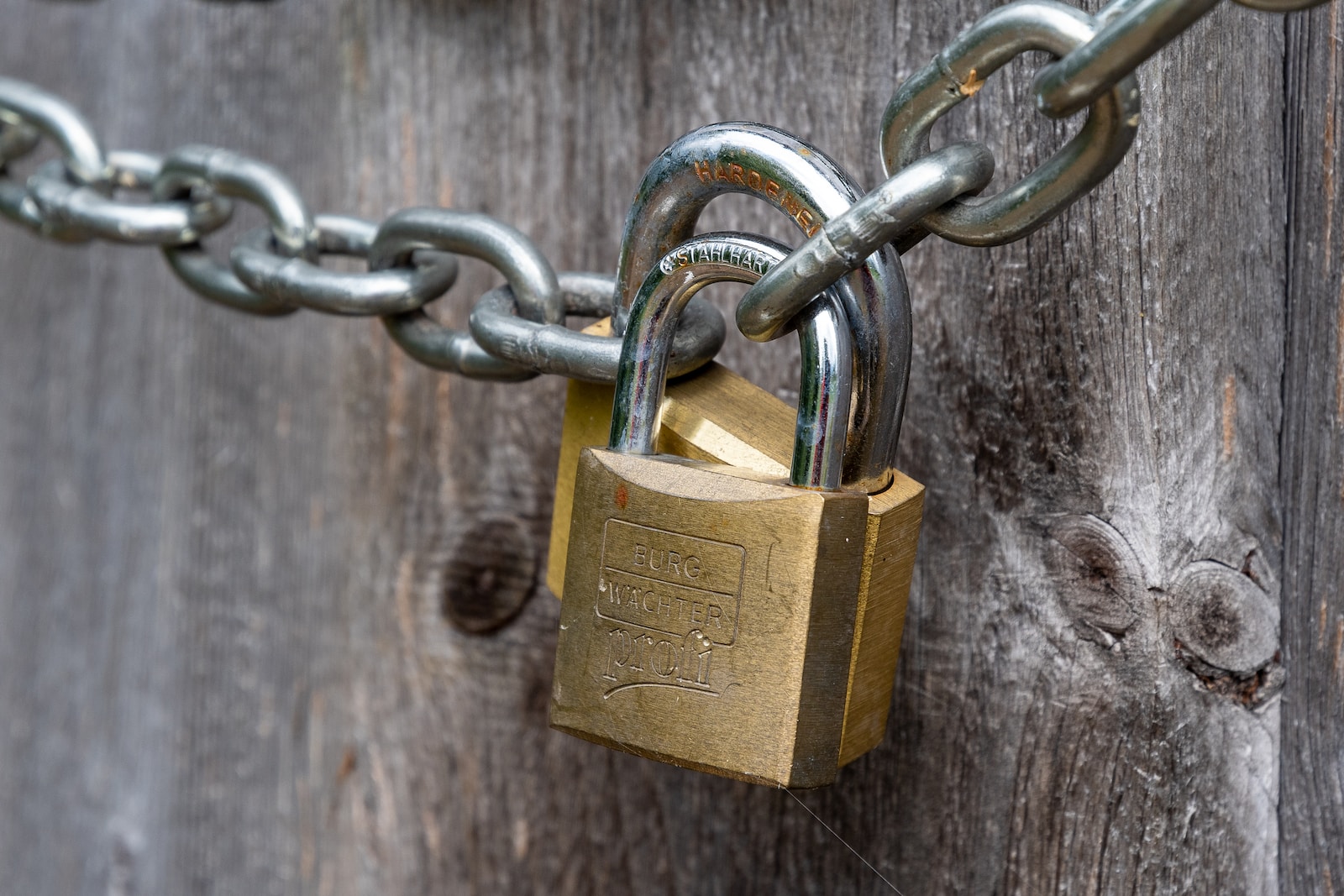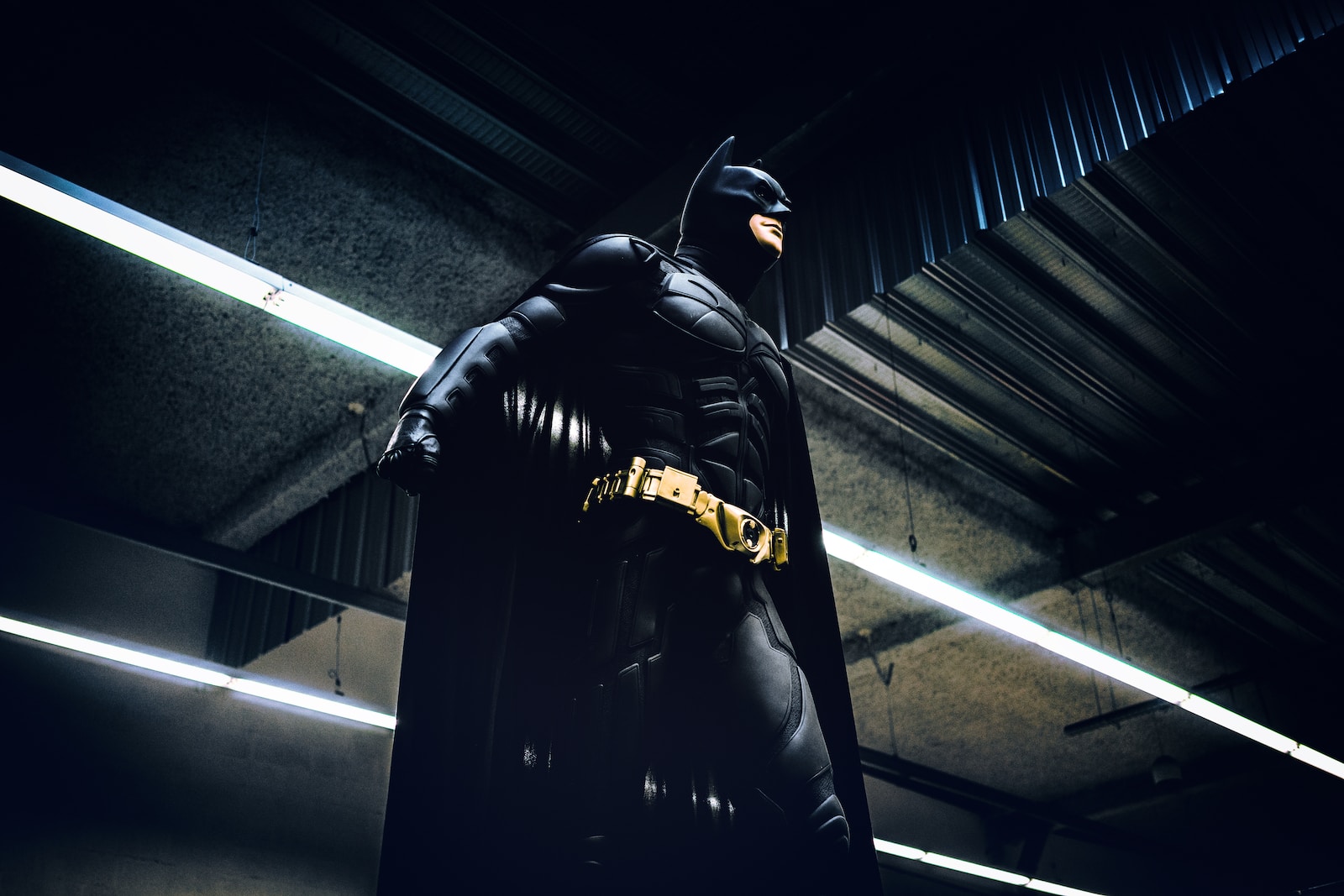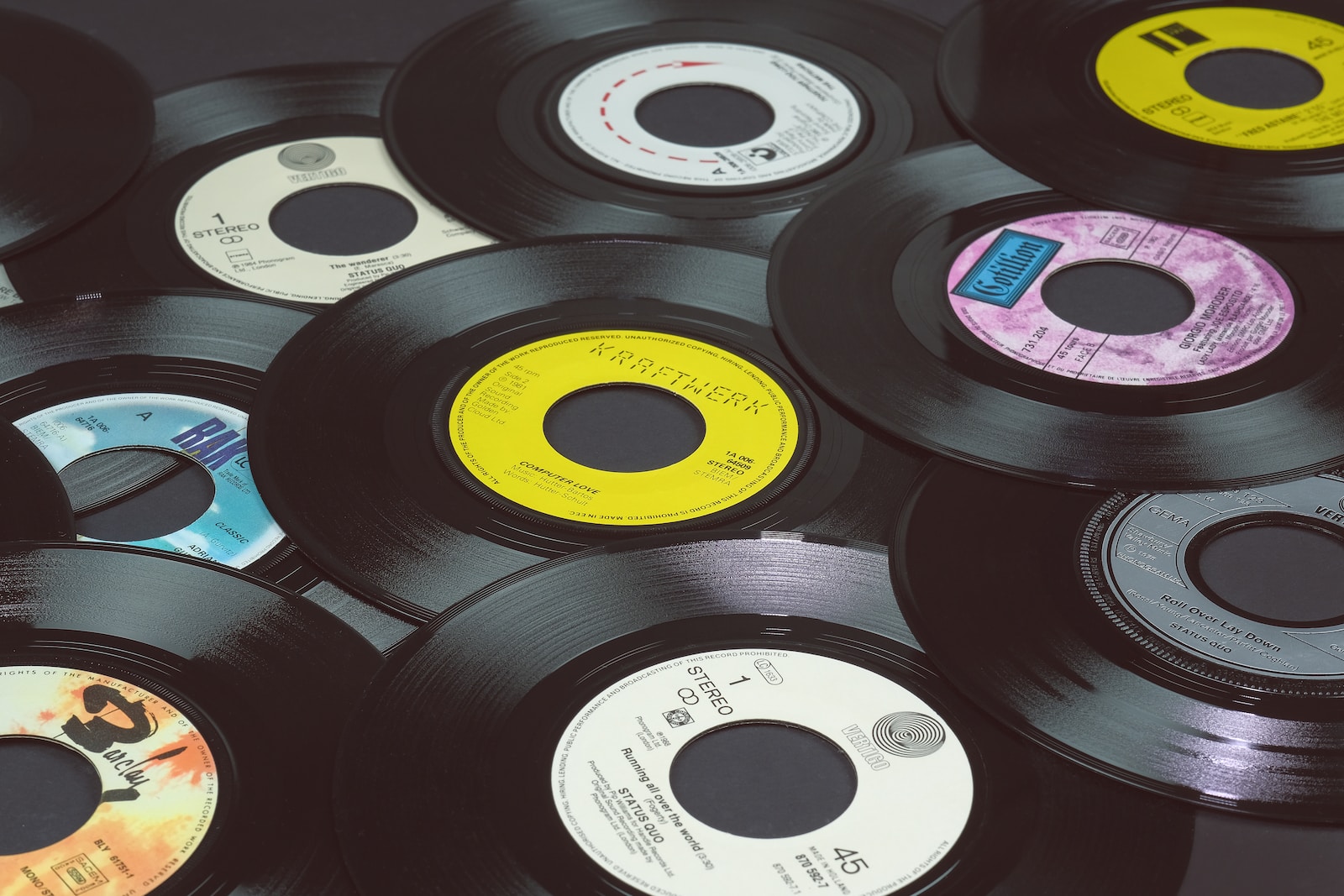Welcome to Delicious Shots: Food Photography Tips! Are you a food lover and photography enthusiast looking to capture mouthwatering images of your culinary creations? Look no further! In this blog, we will share the best techniques and tips for capturing delicious-looking food photos. From styling and lighting to camera settings and composition, we’ve got you covered. Get ready to take your food photography skills to the next level and indulge in the beauty of capturing appetizing dishes. Let’s dive in and discover the art of snapping delectable shots!
Table of Contents
The Art of Food Photography: Capturing Delicious Shots
Food photography is more than just snapping pictures of scrumptious dishes. It is about capturing the essence, the flavors, and the textures that make them irresistible. Whether you are an aspiring food blogger, a budding chef, or simply an enthusiast with a keen eye for details, follow these tips and techniques to elevate your food photography game.
Lighting: Showcasing the Brilliance
One of the crucial elements in food photography is lighting. Natural light is your best friend when it comes to capturing delectable shots. Position your subject near a window or shoot outdoors during the golden hour for that soft, warm glow. Avoid direct overhead light that creates harsh shadows, instead opt for side lighting to enhance textures and give depth to your images.
Pro tip: Experiment with diffusers and reflectors to manipulate the light and create a dreamy ambiance.
Composition: Telling a Flavorful Story
The composition of your photograph plays a vital role in capturing the viewer’s attention and evoking their senses. Follow these composition techniques to create visually appealing and mouthwatering food photos:
- Rule of thirds: Imagine dividing your frame into nine equal parts using two horizontal and two vertical lines. Position your subject where these lines intersect for a balanced and eye-catching composition.
- Leading lines: Use leading lines, such as cutlery or table edges, to guide the viewer’s eye towards your dish.
- Symmetry and patterns: Arrange your food and props symmetrically or create patterns to add visual interest and a sense of order to your photographs.
Pro tip: Experiment with different angles and perspectives, such as overhead shots or close-ups, to showcase unique details and add variety to your portfolio.
Now that you have mastered the basics of lighting and composition, let’s dive into the features of food that make it a fascinating subject to photograph.
Textures: Crisp, Creamy, and Crunchy
Food is a sensory experience, and capturing its textures adds depth and realism to your photographs. Explore the diverse textures in your subject and emphasize them to evoke cravings in your viewers:
- Crunchy: Highlight the crispy texture of foods like fried chicken or potato chips by capturing their golden brown exterior and delicate flakes.
- Creamy: Showcase the creaminess of dishes like pasta or ice cream by manipulating lighting to create soft shadows and capturing the smoothness of their surfaces.
- Juicy: Capture the glistening droplets of juice on fruits or grilled meats to make your viewers’ mouths water.
Remember, capturing textures requires attention to detail and precise focusing. Experiment with different camera settings and lenses to achieve the desired effect.
Colors: Vibrant and Tempting
Food comes in a rainbow of colors, and capturing their vibrancy is crucial for enticing your audience. Use the following tips to showcase the tantalizing shades of your subject:
- Contrasting colors: Pair complementary colors to create a visually striking composition. For instance, red strawberries against a green background.
- Monochromatic tones: Experiment with shades of a single color to create a harmonious and elegant vibe, like a bowl of yellow lemons or a tray of pink macarons.
- Color psychology: Consider the emotional impact of different colors. Warm hues like red and orange stimulate appetite, while cool tones like blue and green evoke freshness.
Pro tip: Use props strategically to enhance the colors and create a story. Fresh herbs or spices can add pops of green, while vintage utensils can evoke nostalgia.
By mastering lighting, composition, textures, and colors, you can elevate your food photography to tantalize taste buds before the first bite. So grab your camera, experiment with these techniques, and capture those drool-worthy shots that will leave your viewers hungry for more!
Did you know that people are more likely to engage with social media content that includes high-quality photos? Food photography is no exception, with mouth-watering images capturing the attention and appetites of viewers. In this blog, we will share tips and techniques to help you take delicious-looking food photos.
Choosing the Right Camera and Equipment for Food Photography
Taking mouth-watering food photos requires the right camera and equipment. In this section, we will explore the various options available to capture delectable shots. Whether you are a professional photographer or an enthusiastic foodie looking to step up your Instagram game, here are some essential considerations to keep in mind.
The Camera: A Window to Deliciousness
When it comes to food photography, a camera with excellent image quality and manual control is essential. It allows you to capture the intricate details and vibrant colors that make food look irresistible. Let’s explore a few camera options to suit various budgets and needs:
1. DSLR Cameras: These versatile cameras offer full manual controls, interchangeable lenses, and excellent image quality. They provide a wide range of settings to adjust aperture, shutter speed, and ISO, giving you complete control over your food photos. With a DSLR, you can achieve professional-looking shots with ease.
2. Mirrorless Cameras: These compact and lightweight cameras are becoming increasingly popular among photographers. They offer DSLR-like image quality and manual controls but without the bulk. Mirrorless cameras are ideal for food photographers who desire portability without compromising on image quality.
3. Smartphone Cameras: Don’t underestimate the power of your smartphone camera! Many modern smartphones boast impressive camera capabilities that can deliver stunning food photos. They are convenient, always accessible, and allow easy editing and sharing of your delicious shots on social media.
The Right Lenses and Equipment: Elevating Your Food Photography
Once you have chosen your camera, it’s time to consider the lenses and additional equipment that can enhance your food photography. Here are some options worth exploring:
1. Prime Lenses: Prime lenses are known for their superior image quality and ability to create a shallow depth of field, resulting in beautifully blurred backgrounds. A 50mm or 35mm prime lens is often favored by food photographers for their versatility and ability to capture stunning close-up shots.
2. Zoom Lenses: Zoom lenses offer flexibility by allowing you to adjust focal length. These lenses are great for capturing various angles and compositions without the need to physically move around. Consider a zoom lens with a focal range of 24-70mm or 24-105mm for capturing wide-angle shots or zooming in on intricate details.
3. Tripod: A tripod is an invaluable tool for achieving stable shots and reducing camera shake. It allows you to experiment with longer exposure times or capture overhead shots effortlessly. Look for a sturdy tripod that can hold your camera steady while you perfect the composition of your delicious feast.
4. Lighting Equipment: Good lighting is crucial for food photography. Natural light is often preferred for its soft and flattering effect, but artificial lighting can also be used effectively. Consider investing in a portable reflector or diffuser to manipulate light and reduce harsh shadows. You may also explore using continuous or speedlight flash setups for more control over the lighting conditions.
Remember, the best camera and equipment for food photography ultimately depends on your budget, skills, and specific requirements. Experiment with different options to find the perfect combination that helps you capture delicious-looking food photos that will leave your audience drooling.
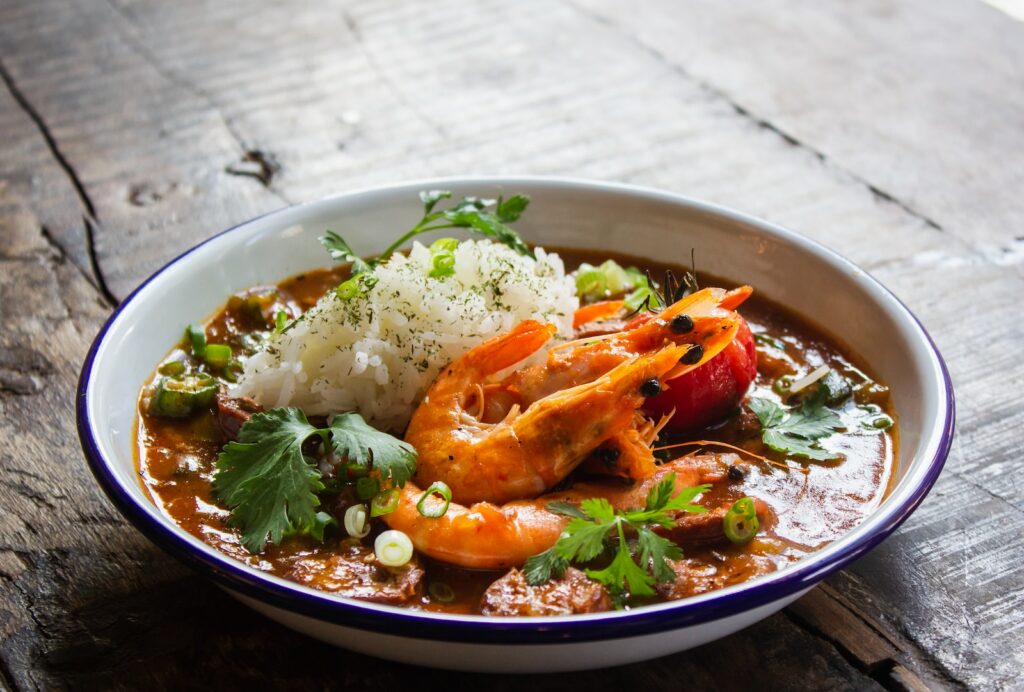
The Best Time for Capturing Delicious Food Photos
Food photography is not just about capturing the mouth-watering delicacies in front of you, but also the ambiance and mood that certain seasons can bring into your shots. Each season offers unique opportunities to enhance your food photography. Let’s explore:
In spring, take advantage of the fresh and vibrant colors that come with the season. Look for blooming flowers, green landscapes, and natural lighting that can help your food pop. Imagine photographing a plate of colorful salads or a bowl of refreshing fruit while surrounded by a beautiful flower garden.
In summer, embrace the long daylight hours and abundance of natural light. This season is perfect for capturing outdoor dining experiences, barbecues, and refreshing beverages. Take your camera to the beach, park, or even your own backyard to capture the essence of summer in your food photos.
Fall presents an excellent opportunity to incorporate warm and cozy elements into your food photography. Think of rich colors like deep reds, oranges, and browns. Utilize autumn foliage or seasonal ingredients like pumpkins or apples to create a visually appealing backdrop. Imagine capturing a slice of a delicious apple pie with a fireplace roaring in the background.
Winter allows you to take advantage of the holiday season and create a festive atmosphere in your food photos. Utilize holiday lights, cozy blankets, and warm-toned props to evoke a feeling of warmth and comfort. Imagine capturing steam rising from a hot cup of cocoa on a snowy day.
Choosing the Perfect Vantage Points and Positions
When it comes to food photography, the vantage point and position of your camera play a crucial role in creating captivating images. Here are some options to consider:
1. Bird’s Eye View: This top-down perspective is perfect for showcasing beautifully arranged dishes, flat lays, or grazing platters. A bird’s eye view allows you to capture the entire table setting and include multiple dishes and props in one frame.
2. Eye-level Perspective: Positioning your camera at eye level with the food helps create an intimate connection between the viewer and the dish. This perspective works well for capturing individual plated meals or close-up shots, highlighting the textures and details of the food.
3. Side Angle: Shooting from the side can provide depth and dimension to your food photography. It allows you to capture the height of layered dishes, the pouring of sauces, or the details of a stacked burger. This perspective can also add a storytelling element to your photos.
4. Macro Close-Up: Zooming in on the details can create a sense of indulgence and make the viewer crave the food. Use a macro lens or digital zoom to capture the intricate textures, droplets, or garnishes that make the dish visually appealing.
Experimenting with different vantage points and positions will help you discover your own unique style and create stunning food photography. Remember, the key is to make the viewer feel hungry and enticed by your images.
When photographing food, use a macro lens to capture the intricate details and textures of the dish. This will allow you to focus on the tiny details such as the sprinkled spices on top or the glistening caramel drizzle. Experiment with different angles and perspectives to make your food photos stand out.
Frequently Asked Questions
1. How can I improve my food photography skills?
To improve your food photography skills, practice is key. Experiment with different angles, lighting, and compositions. Invest in a good camera and lens, and learn how to use manual mode to have full control over your shots. Additionally, study food styling techniques and pay attention to details like props, colors, and textures.
2. What equipment do I need for food photography?
While you don’t necessarily need the most expensive gear, having a few essential tools can greatly enhance your food photography. You’ll need a camera (preferably a DSLR or mirrorless camera), a tripod for stability, a variety of lenses (such as a macro lens for close-ups), props and surfaces for styling, and good lighting equipment like diffusers and reflectors.
3. How can I make food look more appetizing in photos?
To make food look more appetizing in photos, pay attention to details such as freshness, color, and texture. Use props and garnishes to enhance the visual appeal. Experiment with different plating styles and compositions. Play with natural lighting or use diffusers to soften harsh light. Also, consider using food styling techniques like brushing oil for a fresh shine or garnishing with herbs and spices.
4. How can I achieve a shallow depth of field in food photography?
To achieve a shallow depth of field in food photography, use a wide aperture (small f-number). This will create a narrow plane of focus, making the subject stand out while blurring the background. You can also get close to the subject and use a longer focal length lens, as this will help to further separate the subject from the background.
5. What are some tips for editing food photos?
When editing food photos, start by adjusting the exposure, brightness, and contrast to enhance the overall look. Pay attention to white balance to ensure accurate colors. Use selective editing tools to make specific areas pop, such as increasing vibrancy on fresh ingredients. Lastly, consider sharpening the image without overdoing it to maintain a natural look.
Wrap Up
Now that you have these food photography tips in your arsenal, it’s time to put them to good use! Grab your camera, gather some delicious ingredients, and start capturing mouthwatering shots.
Remember to experiment with different angles, lighting, and settings to find your unique style. Incorporate props and play with the composition to create visually appealing images.
If you have any questions or want to share your own food photography techniques, feel free to leave a comment below. I love hearing from fellow food photography enthusiasts and exchanging tips and tricks!
So go ahead, indulge your creative side, and capture the beauty of food through your lens. Enjoy the process, have fun, and savor every picture-perfect moment!
